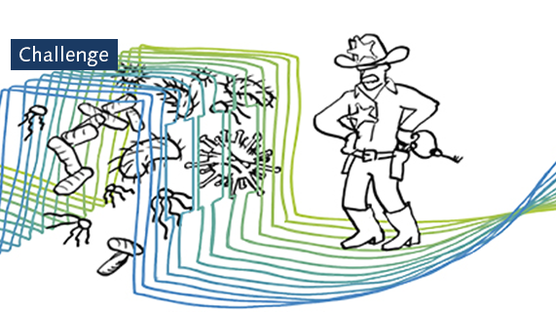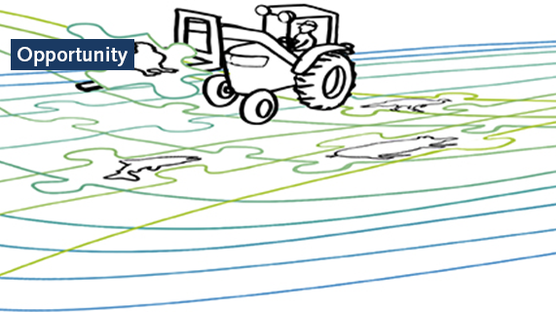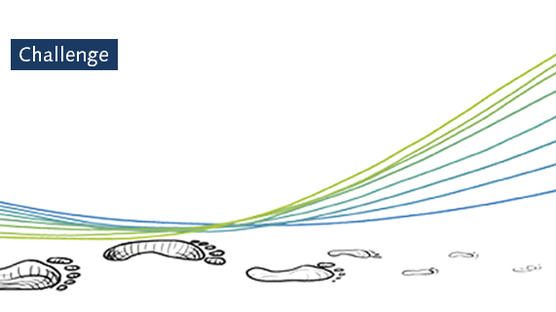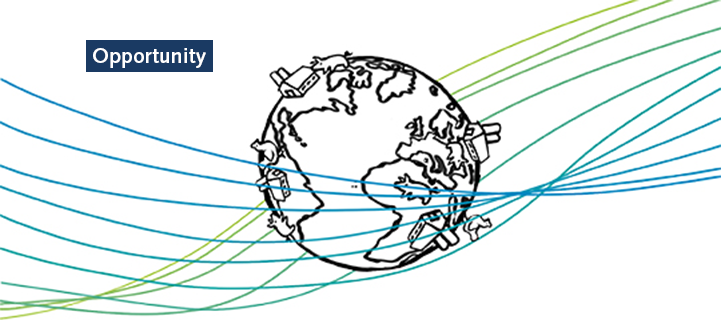
Published on May 1, 2021
Can animal protein reach climate neutrality?
Climate neutrality could be the next frontier in animal agriculture. It moves our industry into the future of sustainability. We are likely still years away from reaching this goal, but we continue to look for new opportunities and innovations.
What is climate neutrality? It refers to the ability to achieve net zero greenhouse gas emissions including carbon dioxide. Is it possible for animal production to be climate neutral? Some experts in cattle farming, for example, say yes, but more research is needed to be certain. We can all agree that in an ideal world, agriculture would move past reducing emissions and be a part of the solution to eliminate greenhouse gases. There are a number of opportunities to seize upon in order to take efforts in environmental impact to the next level.
Natural opportunities
There are already some ways that animals already contribute to climate neutrality. Pigs can and will eat waste and other crop residues that other species will not use. Without their ability to consume these items and turn them into energy for growing and producing, these materials would just go to waste. Chickens are also able to consume material that would otherwise go to waste.
At the innovative farm concept, Kipster, located in the Netherlands, chickens are fed developed feed made from residual flows of, for example, large bakeries. This chicken feed consists of about 95% of leftovers and 5% of vitamins and minerals. The CO2 footprint of a kilo of Kipster feed is 50% smaller compared with standard chicken feed.
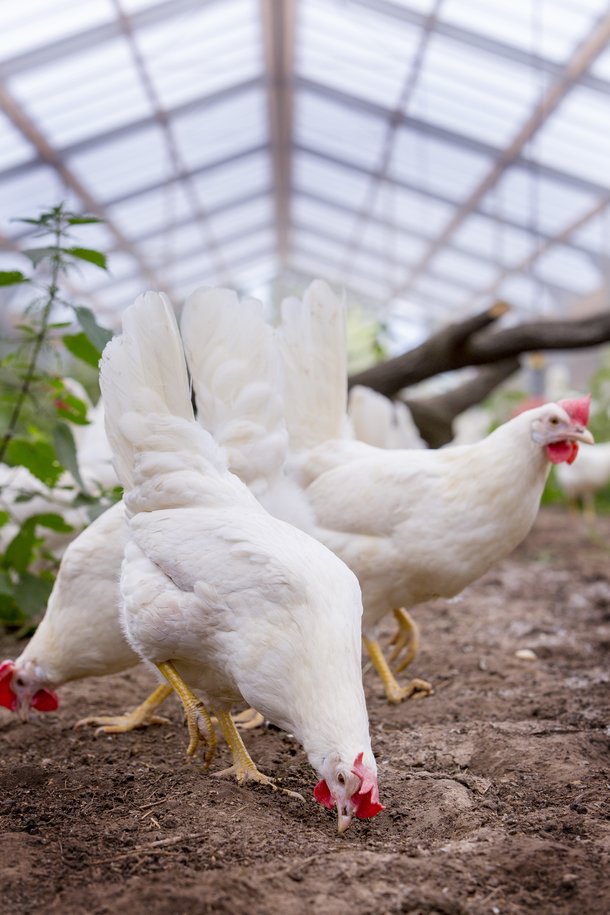
Insect farming is another huge area of potential. With their small size and ability to turn waste into body mass, insects could become an efficient protein source for use in feed. Breeding and genetics could have an important role to play in the development of this brand-new field.
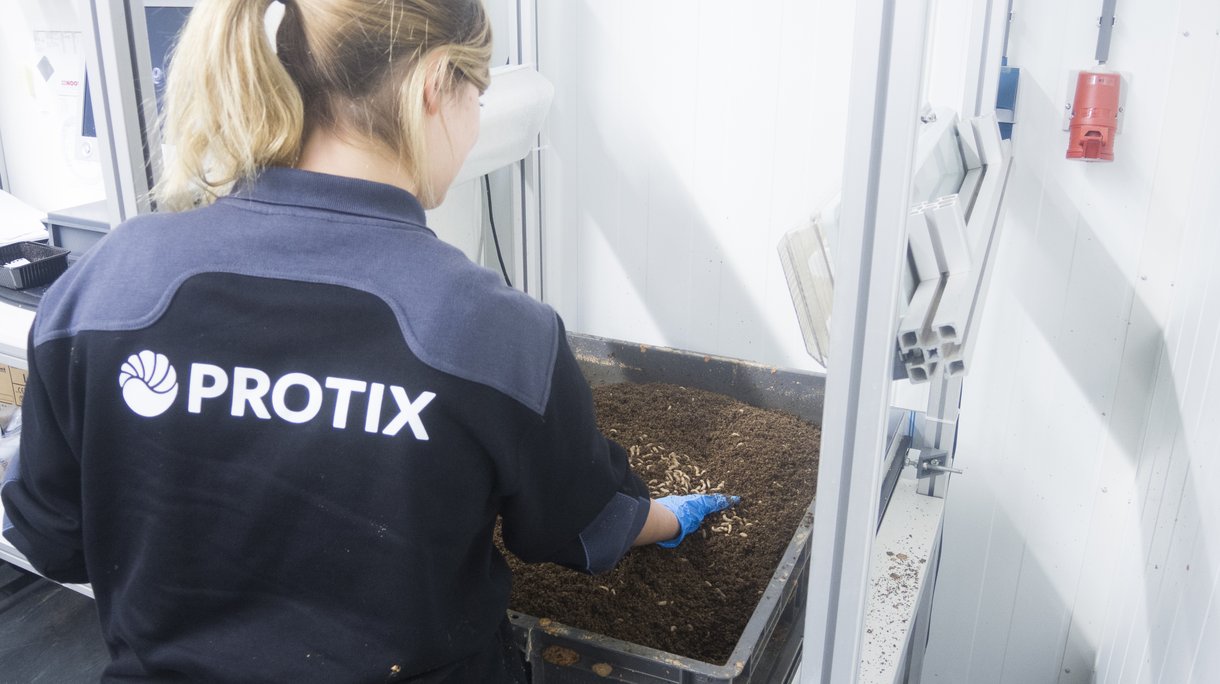
New possibilities in the way we work
Covid-19 has forced all of us to find new ways to collaborate. Mixed and augmented reality products offer great potential in connecting people from all over the world. The Microsoft Holo2Lens was tested for several use cases within Hendrix Genetics. These wearable smart glasses offer the possibility to add information to the wearer’s perspective. The main benefit of mixed reality smart glasses is that the wearer can be hands-free to perform tasks.
One successful application was within our swine business for boar selections. In the past, this process would have involved an expert traveling to the nucleus farm. Now, with the use of augmented reality, the whole process can be completed in an hour, saving time, money, and resources. Not only that, but biosecurity concerns are lowered with this new technology allowing decisions to be made remotely. Use of this kind of technology has exciting implications for sustainability including food safety and reducing our carbon footprint.
Setting sustainable standards
To capture all opportunities to achieve climate neutrality, setting the standard for animal breeding is a key component. There are currently no clearly defined “standards” for animal breeding, but we aim to link together economic, social and environmental aspects when providing high quality genetics.
When looking at environmental impact, it’s important to look at what you can do today to make a difference, as well as future areas of opportunity to investigate. Gradual genetic progress has already made a huge impact on reducing greenhouse gas emissions. We will keep our eyes on the horizon to tap into new initiatives to do our part in protecting our planet.
What are your thoughts on our environmental sustainability stories?
If there is a topic you would like us to cover, please submit it via the button below.
You've read an opportunity article. Interested in the solution or challenge?
Do you want to explore all articles?

